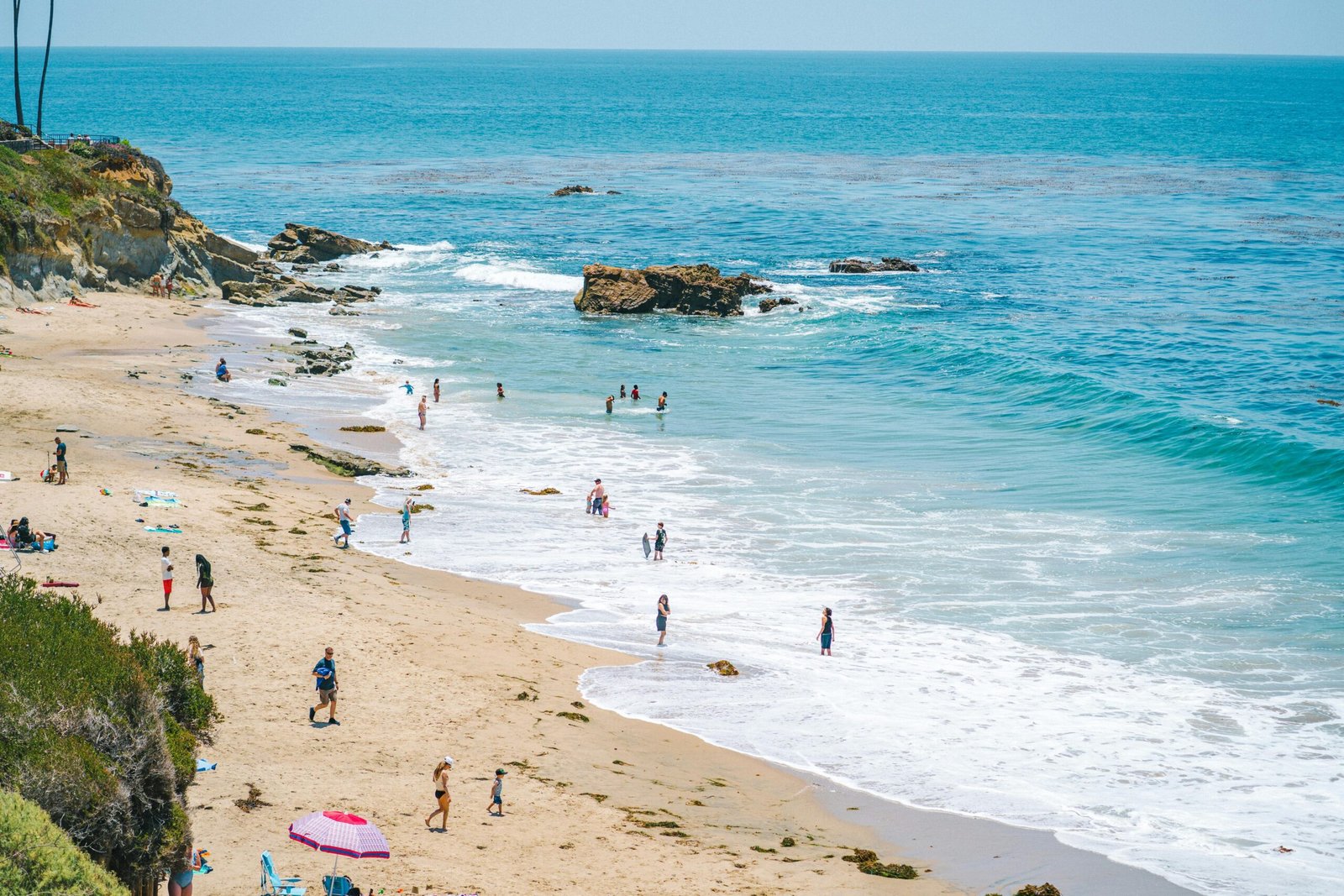Planning a vacation is one of life’s greatest pleasures, but managing the expenses can be a daunting task. Many travelers dream of a perfect getaway, only to be overwhelmed by unexpected costs and financial stress. A well-crafted vacation budget can help you enjoy your trip without worrying about overspending. In this comprehensive guide, we’ll walk you through everything you need to know about vacation budgeting, ensuring your dream holiday remains stress-free and affordable.
Why Vacation Budgeting is Essential
Vacation budgeting is crucial for several reasons:
- Prevents Overspending: A clear budget helps you keep track of your expenses, preventing unexpected costs from piling up.
- Maximizes Enjoyment: With a budget in place, you can allocate funds to activities and experiences that matter most to you.
- Reduces Stress: Knowing your financial limits allows you to relax and fully enjoy your vacation without money worries.
Common Budgeting Pitfalls
Many travelers fall into common budgeting traps such as underestimating daily expenses, forgetting about hidden fees, or not accounting for currency exchange rates. These pitfalls can turn an exciting trip into a stressful financial burden. Our guide will help you avoid these mistakes and plan a vacation that’s both enjoyable and financially sound.
Step-by-Step Guide to Creating Your Vacation Budget
1. Determine Your Total Budget
Start by deciding how much you can afford to spend on your vacation. A good rule of thumb is to allocate 10-15% of your annual income for vacation spending. For example, if your annual income is $60,000, consider a budget of $6,000 to $9,000. This amount should be realistic and consider your overall financial situation. Make sure to set aside a buffer for emergencies or unexpected expenses.
2. Research and Plan Your Destination
The cost of a vacation can vary greatly depending on your destination. Research various locations and consider factors such as:
- Accommodation costs
- Transportation (flights, car rentals, public transport)
- Food and dining
- Activities and attractions
3. Break Down Your Expenses
Divide your total budget into categories to ensure all aspects of your trip are covered. Here’s a sample budget breakdown to help you visualize your own budget allocation:
- Accommodation (30%): $1,800 – $2,700
- Transportation (25%): $1,500 – $2,250
- Food and Dining (20%): $1,200 – $1,800
- Activities and Entertainment (15%): $900 – $1,350
- Miscellaneous/Buffer (10%): $600 – $900
Accommodation
Accommodation is often one of the largest expenses. Consider options such as hotels, vacation rentals, hostels, or even house-swapping. Websites like Airbnb and Booking.com can help you find deals within your budget. Alternative options like house-sitting or camping can further reduce costs for budget-conscious travelers.
Transportation
Transportation includes airfare, car rentals, and local transit. Look for budget airlines, use fare comparison websites, and consider alternative transport options like buses or trains for more affordable travel.
Food and Dining
Eating out can add up quickly. Plan a mix of dining out and self-catering to manage costs. Research local eateries and street food options for affordable and authentic culinary experiences.
Activities and Entertainment
Prioritize the activities and attractions you want to experience. Look for free or low-cost options like hiking, beach days, or local festivals. Booking tickets in advance can often save money on popular attractions.
Travel Insurance (Optional)
Consider purchasing travel insurance to cover unexpected expenses such as trip cancellations, medical emergencies, or lost luggage. This optional expense can provide peace of mind and financial protection.
4. Track Your Spending
Use budgeting apps or spreadsheets to track your expenses during your trip. This will help you stay within your budget and make adjustments if necessary. Apps like Mint, YNAB (You Need a Budget), and Trail Wallet are excellent tools for vacation budgeting.
5. Save Ahead of Time
Start saving for your vacation well in advance. Set up a dedicated savings account and automate monthly deposits to build your vacation fund. Creative saving strategies include setting aside spare change, utilizing cash-back reward programs, and cutting back on non-essential expenses in the months leading up to your trip.
Tips for Staying on Budget During Your Vacation
1. Be Flexible with Travel Dates
Traveling during off-peak seasons can significantly reduce costs. Flexible dates allow you to take advantage of flight and accommodation deals.
2. Take Advantage of Discounts and Deals
Look for discounts on flights, accommodations, and activities. Websites like Groupon, LivingSocial, and TravelZoo often offer great deals on vacation packages and excursions.
3. Use Public Transportation
Instead of relying on taxis or rental cars, use public transportation to get around. This not only saves money but also provides a more authentic travel experience.
4. Limit Souvenir Spending
Souvenirs can quickly eat into your budget. Set a limit on how much you’re willing to spend on mementos, and look for meaningful yet affordable items.
5. Plan for Unexpected Expenses
Budget for unexpected expenses such as baggage fees, minor medical emergencies, or last-minute changes. Having a financial cushion can help you handle these surprises without stress.
6. Explore Free or Low-Cost Activities
Enjoying your vacation doesn’t have to be expensive. Here are some examples of free or low-cost activities:
- Visiting museums with free admission days
- Exploring local parks and nature reserves
- Attending cultural events or festivals
- Walking tours of historic neighborhoods
Conclusion
Vacation budgeting doesn’t have to be daunting. By planning ahead and being mindful of your expenses, you can enjoy a fantastic trip without financial stress. Remember, the goal is to create lasting memories without breaking the bank.



